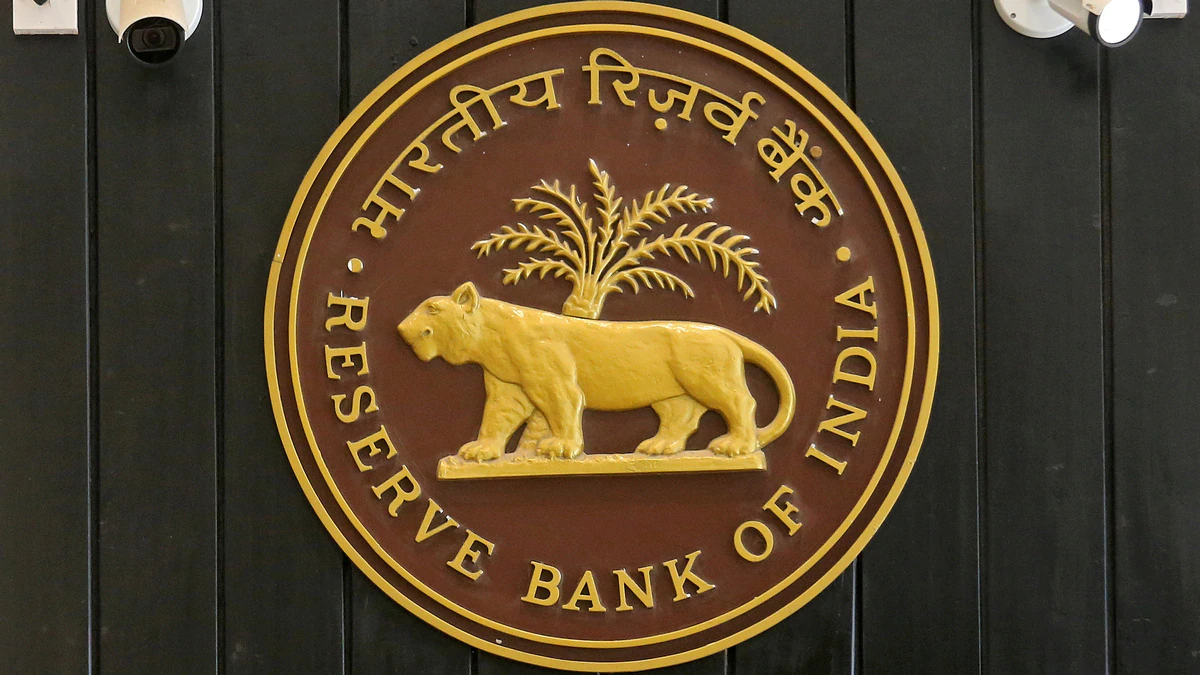
The Reserve Bank of India (RBI) is not just the central bank of India but also a key institution that controls the country's financial stability, monetary policy, and economic growth. Established in 1935, RBI plays a pivotal role in regulating India’s banking system. In this blog, we dive into some fascinating facts about RBI that showcase its history, functions, and importance.
1. RBI Was Originally a Private Institution
Surprisingly, the Reserve Bank of India was initially set up as a privately-owned institution in 1935 under the recommendations of the Hilton Young Commission. It wasn’t until 1949, after India gained independence, that the RBI was nationalized, becoming a fully government-owned entity. Today, it functions under the Ministry of Finance, with the Indian government holding full ownership.
2. The First Governor of RBI Was British
The first Governor of the Reserve Bank of India was Sir Osborne Smith, a British banker who held office from 1935 to 1937. Interestingly, the first Indian to become Governor of the RBI was C.D. Deshmukh in 1943, setting a new era for India’s central banking system.
3. RBI’s Logo is Inspired by the East India Company
The iconic RBI logo features a tiger and a palm tree. What many don’t know is that this design was inspired by the double mohur of the East India Company—a gold coin minted by the British in India. The logo symbolizes RBI's strength and authority in managing India’s monetary policies.
4. RBI Was First Headquartered in Kolkata
Although RBI is now headquartered in Mumbai, it was originally located in Kolkata at the time of its establishment in 1935. In 1937, the headquarters was shifted to Mumbai, where it remains to this day.
5. RBI Controls the Printing of India’s Currency
One of the most crucial functions of the RBI is to control the printing and distribution of currency in India. It regulates the issue of banknotes and coins and ensures that enough currency is circulated to meet the country’s financial needs. However, coins are minted by the Government of India, and currency notes are printed in RBI’s own printing presses.
6. RBI Manages India’s Foreign Exchange Reserves
The Reserve Bank of India plays a critical role in managing India's foreign exchange reserves, which are the country's assets held in foreign currencies. These reserves are vital for maintaining financial stability, backing the country’s imports, and managing exchange rates.
7. RBI is Responsible for Monetary Policy
The RBI controls India’s monetary policy, ensuring the economy is stable and inflation is under control. Through instruments like the repo rate, reverse repo rate, and cash reserve ratio (CRR), the RBI regulates the flow of money in the economy. Its policies help maintain a balance between economic growth and inflation control.
8. The RBI Act, 1934, Governs Its Operations
The Reserve Bank of India Act, 1934 is the legislative framework that governs the functions and powers of the RBI. This act gives the RBI authority to manage currency, formulate monetary policies, regulate banks, and oversee India’s financial system.
9. RBI Plays a Key Role in Financial Inclusion
One of RBI’s main objectives is to promote financial inclusion—making banking accessible to all sections of society, including rural and underprivileged areas. Through initiatives like Jan Dhan Yojana, the RBI has facilitated the opening of millions of bank accounts across the country, contributing to financial literacy and inclusion.
10. RBI is Involved in the Supervision of Banks
The RBI regulates and supervises commercial banks, cooperative banks, and non-banking financial companies (NBFCs) in India. It ensures that these institutions follow sound financial practices and comply with regulatory norms. RBI’s oversight helps maintain the overall health of the financial system and prevents bank failures.
Conclusion
The Reserve Bank of India is more than just a central bank; it’s the backbone of the country’s financial and economic stability. From managing currency to controlling inflation and ensuring financial inclusion, RBI plays an indispensable role in India's growth. These facts about RBI give a glimpse into its historical significance and its critical functions in modern-day India.
Comments